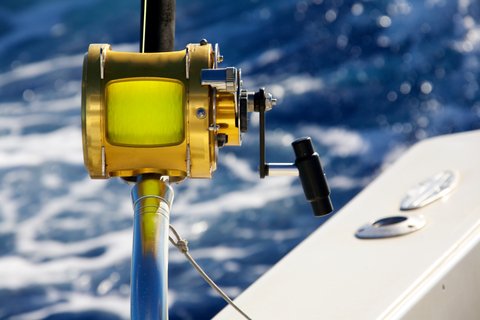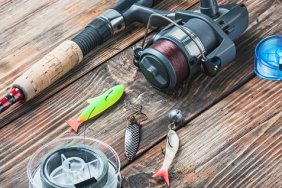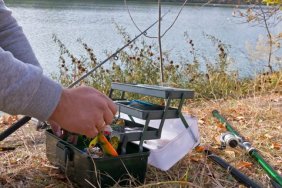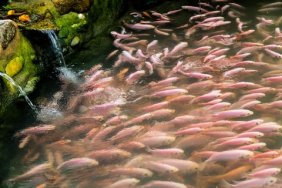Soft plastic lures have revolutionized the way saltwater anglers target different species of gamefish over the last 20 years.
A variety of fishing factors will influence which type of lure works best, but overall soft plastics have the greatest versatility as they can be easy fished throughout the water column, packed easily, and illicit superb lure action.
With endless possibilities to be fished, here are 3 tips to put plastics at the forefront of your tackle bag.
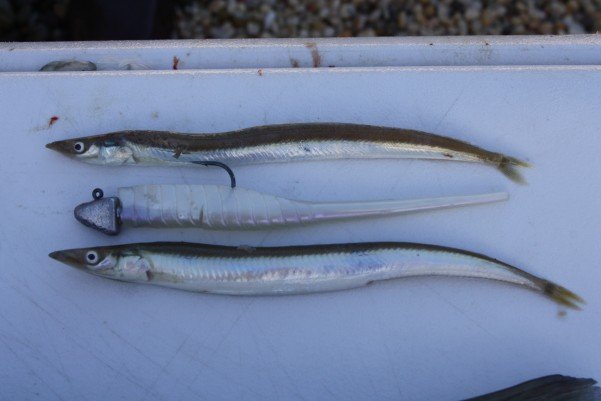
Tip #1 – It’s All In The Weight
Soft plastics can be fished in a wide range of depths using different sized jigheads which makes them a valuable asset to your tackle bag. Jighead weights are crucial to help impart the right action in the desired depth to entice the bite.
When fishing waters that are impacted by tidal current, choosing the correct weighted jighead becomes the critical factor. For example, when fishing the bottom the lure weight should just be able to hold or allow the angler to “feel” bottom. If too heavy the lure will sink too quickly making it look less “natural” or if too light it will not be in the feeding zone.
The rule of thumb is always to use the lightest weight possible for the desired depth. As the current flow changes, the size of the jighead needs to change to compensate for the increased or decreased flow.
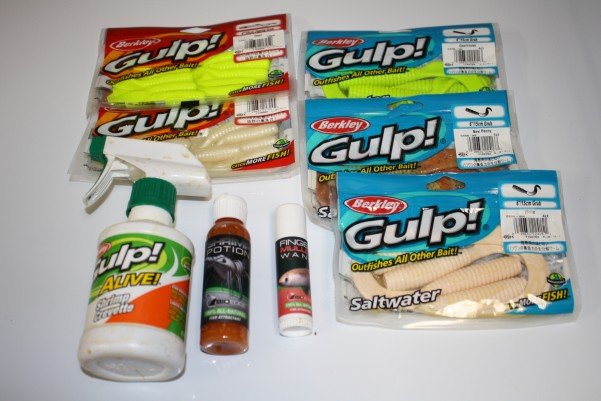
Tip #2 – Scent It Up
The development of scent technologies over the last decade has dramatically improved the effectiveness of a lot of fishing lures. For instance, Berkley’s revolutionary GULP have literally changed the way anglers fish for certain species of gamefish.
Summer Flounder aka “Fluke” fishing in the Northeast has changed dramatically from a live-bait/strip bait fishery to using these scented soft plastics as the “Go-To” baits. Some old standby soft plastics are not scented, but can easily be “made scented” with a variety of scents on the market (GULP, BioEdge, etc). Simply, place your soft plastic lure in a plastic bag, add scent, and allow to marinate over night to increase your hook-up rates.
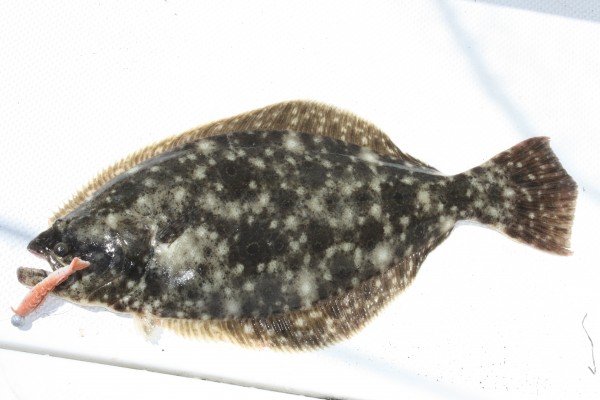
Tip #3 – Swimming Natural
The most important aspect of a fishing lure is that it has to swim naturally and imitate the prey, but the proper rigging of soft plastics becomes a major issue for many anglers. Once the lure is improperly seated, the retrieval action becomes unsettling for the gamefish as the lure may dance, twirl, and just not look appealing.
To combat these issues, the lure should lay naturally in your hand with no major bending and when viewed from the top or bottom should be straight wth no kinking. A simple method to make it work seamlessly is to line up soft plastic lure with the jig-head. It is important to look where the hook shank comes out and to even mark the “spot” with the hook. As you thread on the soft plastic to the jig-head, the hook/hook-shank should come out at that same mark. By doing it this, it ensures a clean rigging every time.
So next time you choose plastic, remember weight, scent, and rigging. Do this and I guarantee you will put more fish on your hook during your next outing. Good luck and Tight Lines.
Photo credit: Dreamstime and Brett Taylor
